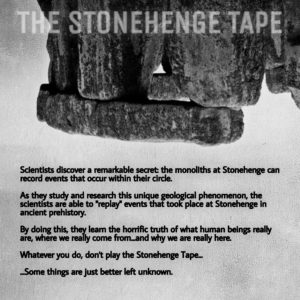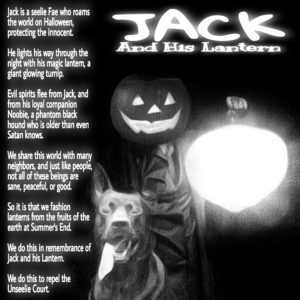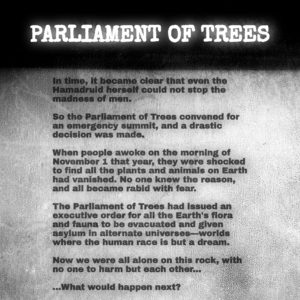The soundtrack for an imaginary Halloween-themed anthology horror film, with vignettes featuring banshees, changelings, and Stonehenge.
Summer’s End II is the sequel to my Halloween-themed instrumental album from last year. This batch of gruesome tales includes Stonehenge, a Headless Horseman, and even an apocalyptic supercomputer gone mad. Merry Samhain, and Happy Halloween! 🎃 🎃 🎃
Available for streaming and download on Apple Music and
Bandcamp ; coming soon to other digital music platforms!










